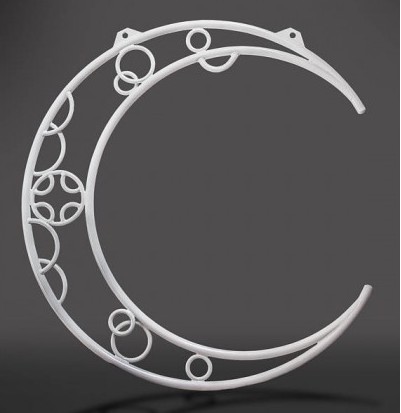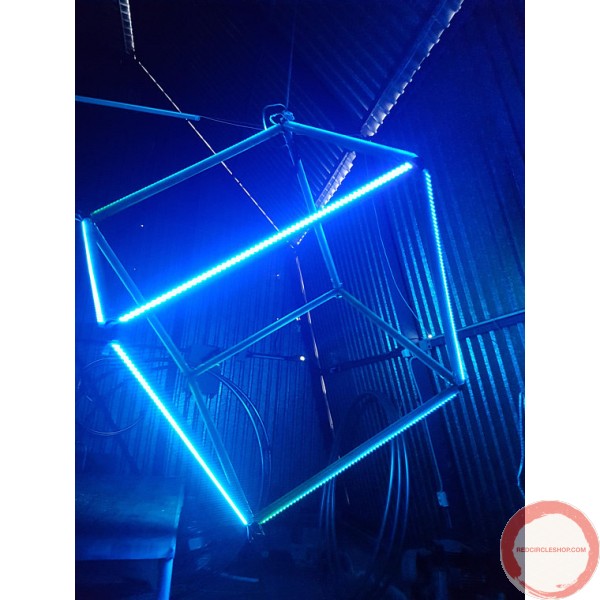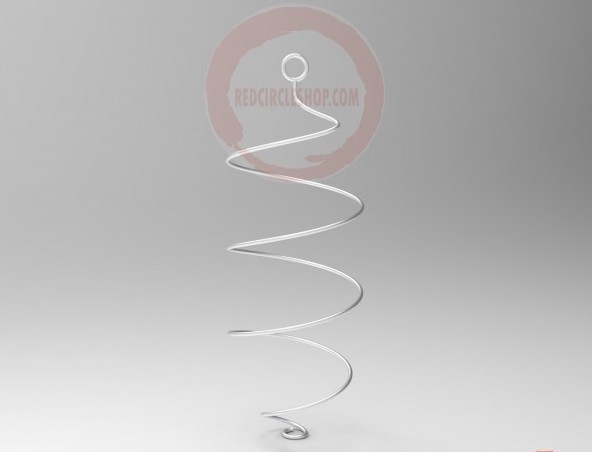Aerial acrobatics for beginners
Aerial acrobatics is a genre of circus art in which a gymnast performs spectacular stunts in the air using various props aerial silks also called tissue, aerial hoops, aerial spirals, etc.
Aerial acrobatics beginners is among the most beautiful and spectacular circus genres, but until recently it was possible to learn it only at circus school or circus related groups. However right now you can find numerous groups that developed specific trainings and programs allowing visitors without specific training to sport background learn aerial acrobatics for beginners from really beginning.
With such programs, aerial yoga centres, aerial acrobatics become one of the most popular amateur genres. One of the most common but at the same time beautiful and relatively easy to learn especially for truly amateurs are aerial silks or aerial tissue.
There is also number of tricks beginners can learn on other circus aerial props, such as aerial ring, more advanced participants with sport background or trained previously can develop skills on props such as aerial spiral and aerial cube, straps and banjee, aerial trapeze - both swinging and static trapeze, aerial rope (cordeparel).
One of the recently produce circus props by Red circle shop is Aerial Chandelier, this stunning prop for example mostly for group acts, but can be used by solo performers as well.

Aerial acrobatics competitions
Nowadays aerial acrobatics competitions are held all around the world under different names, you can also find different aerial sub-genres at local and international circus festivals. Usually participants are circus schools graduates sometimes also professional circus artists and trained former gymnasts or acrobats with good sport background.
Some amateur groups may allow participation of artists who trained around 6 month on particular aerial props. But most of the times at professional festivals such as Monte Carlo, Cirque de Demain, etc you will see only professionals.
Circus schools with complex educational programs concentrating on physical training and endurance acquired during the training, but most important thing is stunts and tricks on each particular aerial prop, this is one of the most important parts in performance and competition. Competitions held all around the world in Europe and North America, Russia, China, India.
Aerial props
“Aerial tissue”, “aerial silks”, “aerial acrobatics”, “air balancing” - there is lot’s of definitions for air art forms in circus art. Learn aerial acrobatics, for aerial acts of various genres, we would like to point at aerial trapeze, is a genre that originated at circus, for a long time aerial acrobatics belongs only to circus.

All circus acts that performed in the air can be named aerial acrobatic act. When aerial acts stood out from the circus world, ordinary people could also join and learn this circus art. So if you want to learn aerial acrobatics we strongly advise to do it under professional guidance. Learn aerial silk acrobatics, because this is relatively easy way to start rehears aerial act without much previous experience.
Applying to the well known circus school or taking classes from qualified and experienced professional is suggested, during study course you will decide on apparatus and particular genre. You should keep in mind that there is sometime major differences between classes and methods for different aerial props.
Currently it is popular to mix genres and you can see unique circus acts on aerial silks or ring - the most common aerial equipment. So keep in mind and don’t be afraid to mix the genres and add to your act artistry and everything you can take from dance, pantomime, gymnastics, etc.
Stay open for new tutorial courses that can simply be found online, learn other genres such as handstand, juggling to increase your skills and strength. What are the main aerial props on market? You might answer silks or hoop, right? But before you will answer, what you have to start with?
First of all you should choose qualified manufacturer to purchase your aerial props. Very often manufacturer will provide certificate and test results for each prop sold by request. Keep in mind that safety is the rule number 1 in aerial acrobatics for beginners and for professionals.
Aerial acts safety
The most important part in aerial disciplines is safety. If all safety regulations would be followed promptly, lot’s of disasters in aerial acts could be avoided. One of the first things to learn - is how to fall, yes it is very important! Of course, the best way possible is to hold on your prop as long as you can, doing tricks but what if mistake happen during show or during rehearsal?
For some large circus acts, such as Flying act, flying aerial trapeze, etc safety net is a must in order to perform, this is regulation and without net artists can’t perform. Someone might think that having safety net is enough, well not that fast.
Even having safety net will require performer to learn how to land correctly on the net. Such landings are way more complicated then you might think, also it could be super dangerous if you won’t fell correctly into the net.

For other act, there other safety features developed over the time. For artists performing at higher altitude, safety cable attached to the body is a must, trapeze, aerial hoops and more circus genres using safety cables. As every artist know, the most part of your practise is hidden and it is smart to lean how to fall and to learn on how to go along with your mistake and what to do if you fell.
At the same time this rules should be followed by any group training aerial disciplines such as yoga, aerial meditation, etc.
Engineering of aerial props
In the recent years in circus world, when even giants of entertainment industry such as Cirque du Soleil couldn’t prevent tragical situations, development in safety made huge step in order to provide maximum protection to the performer. After some terrifying accidents many circuses and organizations agreed to add additional safety issues protocol to their safety code.
Right now in most professional and recognized circuses, only professional engineers and riggers is required to inspect and review aerial acts and/ or equipment.
Technical safety checklist is a must for aerial props assessment and hardware. Such methods not only for aerial acts but for general circus safety and we hope this measures will help to increase safety of the performers and those working with them. Another important topic in aerial safety for performances is all systems, structural components and aerial equipment, it has to be designed by professional companies like Red Circle Shop with good engineering practises.
Aerial winches used for dynamic lifting of performers, has to be approved by professionals and comply with all safety regulations. In most European countries as well as in Canada and USA aerial winches has to be designed completely conforming to regulations.

As a conclusion, for all performers - amateurs or professionals, keep in mind that safety is your top priority in Aerial performance or training. Keep in mind that you coach, technical director or any other person responsible for aerial safety should have appropriate experience and ability to secure work environment and ensure safety for artists to create and perform their aerial stunts act.
At the same time, make sure that systems, aerial props and structures that has to be assembled before performance has to be done by qualified riggers and structural engineers, especially if they will be involved into actual process of aerial act preparation, assembly of the system.
Keep an eye for all other precautions necessary for safety during aerial act rehearsal or performance.
Stay safe and enjoy amazing aerial disciplines!
